Why often-derided Filipino food is *actually* some of Asia’s best
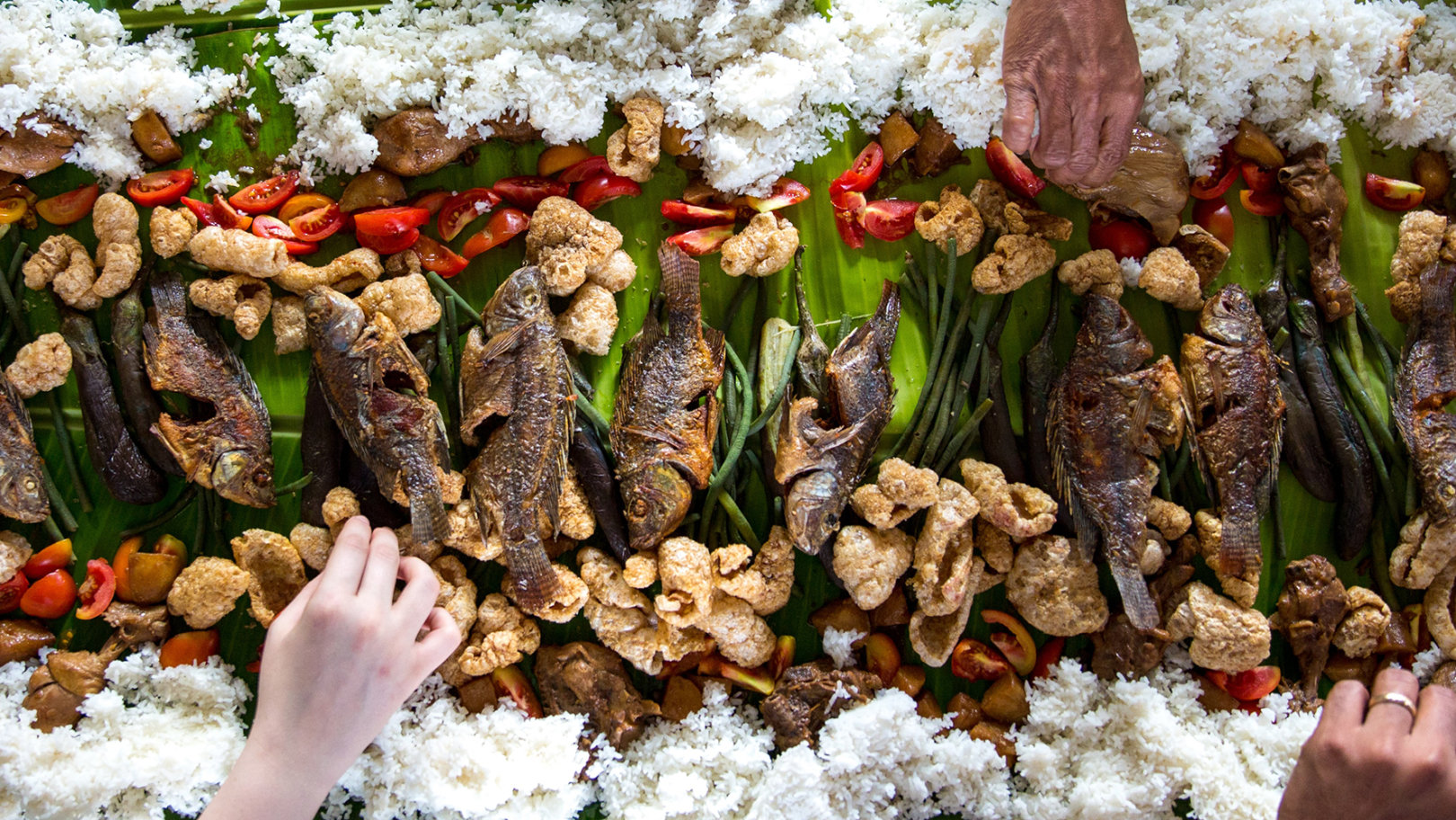
“When foreigners think of Filipino cuisine, they only ever seem to know about the ‘eww’ factor,” says food writer, historian and chef Amy Besa, whose family home in Manila’s Malate district, is a perfectly preserved time capsule of 1950s furnishings, creaking wooden floors, sepia-tinted family photos and a vintage piano.
Returning to her birth country from the US after 40 years, she’s causing waves among local foodies by turning her home into the second branch of the Purple Yam (the first is in New York) focusing on restoring Filipino dishes and reviving traditional techniques.
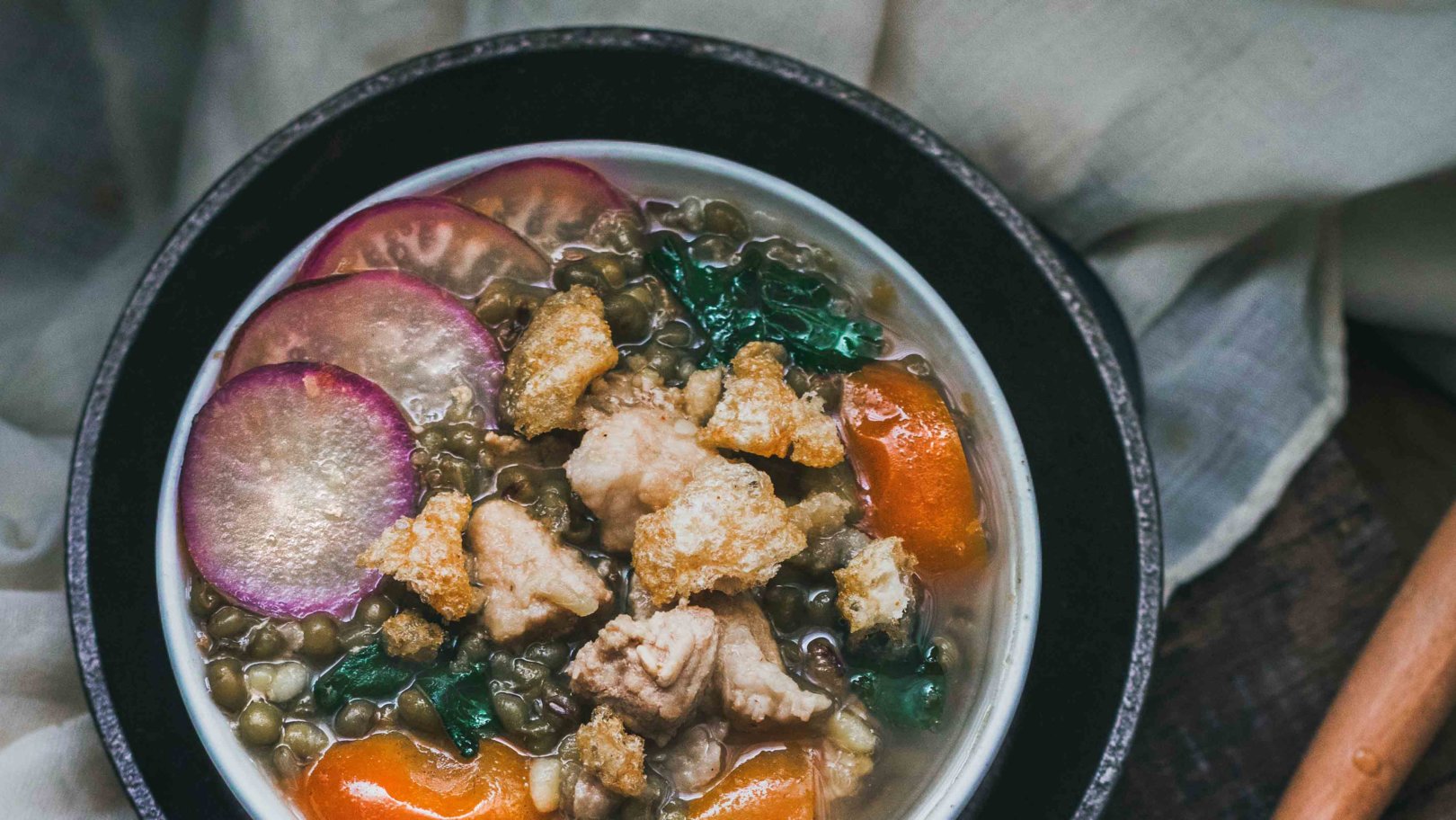
Amy is busy restoring Filipino dishes and reviving traditional techniques
Today, the Philippines – and Manila especially, thanks to Amy and her fellow cooks – is busy shaking off its reputation, artfully reimagining its national cuisine and setting aside the stereotypes that have maligned it for decades.
“There are certainly dishes in Filipino cuisine that newcomers might find difficult at first,” Amy tells me over a dinner of locally raised organic poached chicken. “But that’s only a tiny part of the story of our cuisine.”
You only have to look at the internet to validate Amy’s theory. There are numerous ‘extreme eating’ pieces focusing on the sharp end of the Filipino culinary spectrum – such as balut, a duck embryo boiled and eaten from the shell, commonly quaffed as a nocturnal street food.
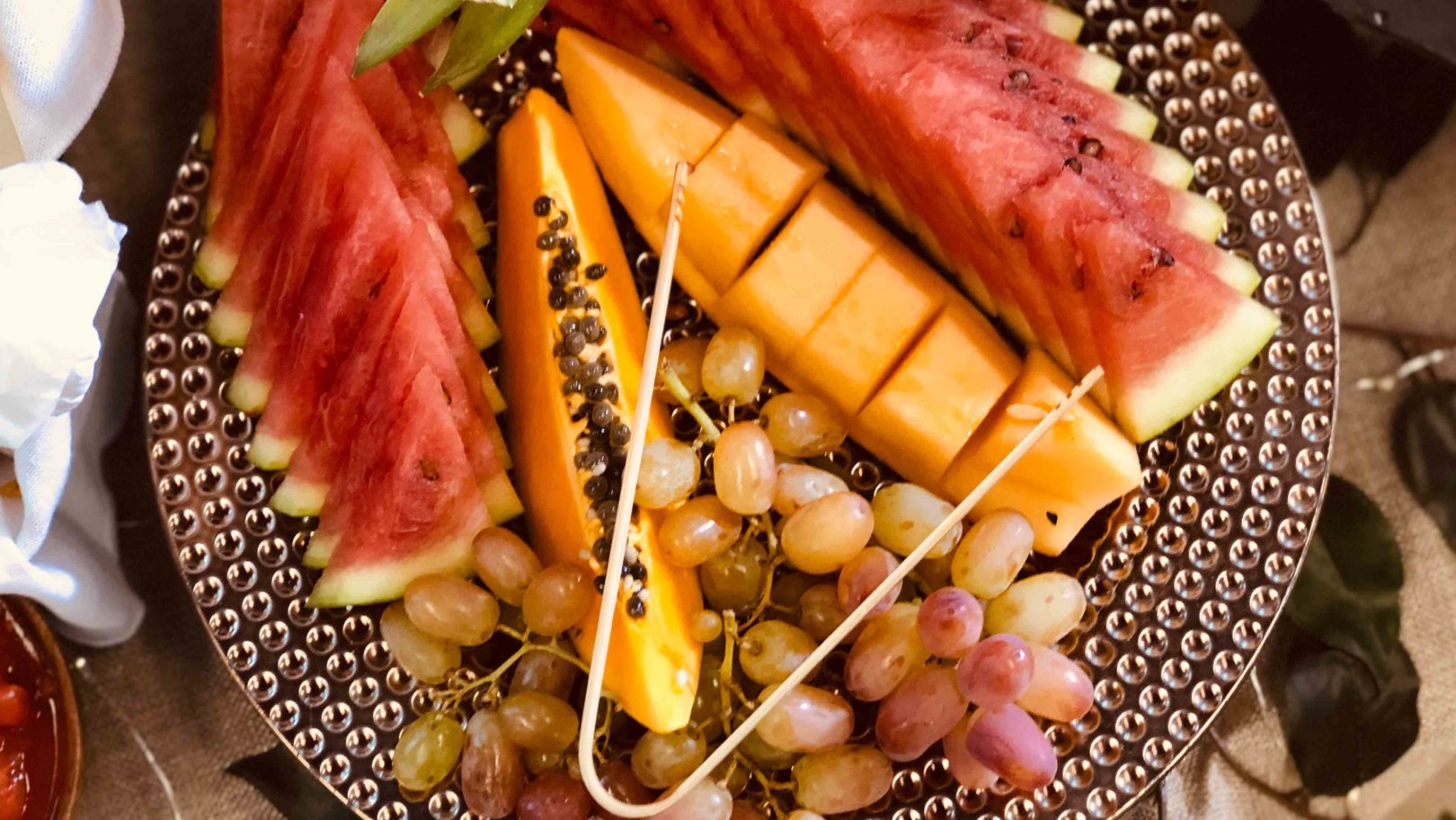
A passion for local ingredients runs across the 7,000-island archipelago
Yet, there are other countries who eat seemingly unsavoury things and don’t suffer the same reputational damage. China, France, I’m thinking of you. Even just looking at Asia, why has Filipino food never had the kind of global appeal that Korean, Malaysian, Thai or Vietnamese has enjoyed?
Amy’s passion for local ingredients, built up with suppliers across the vast 7,000-island archipelago that makes up the Philippines, was echoed again and again by chefs I met in the vanguard of Manila’s gourmet scene.
It was there in the work of chef J Gamboa at the Milky Way café, who specialises in Halo-Halo, the quintessential Filipino dessert, made with coconut shavings and yam ice cream. And, it was evident in my conversion with Myrna Segismundo, the first Filipino chef to perform a cookery demonstration at Madrid Fusión, the world’s most prestigious culinary symposium.
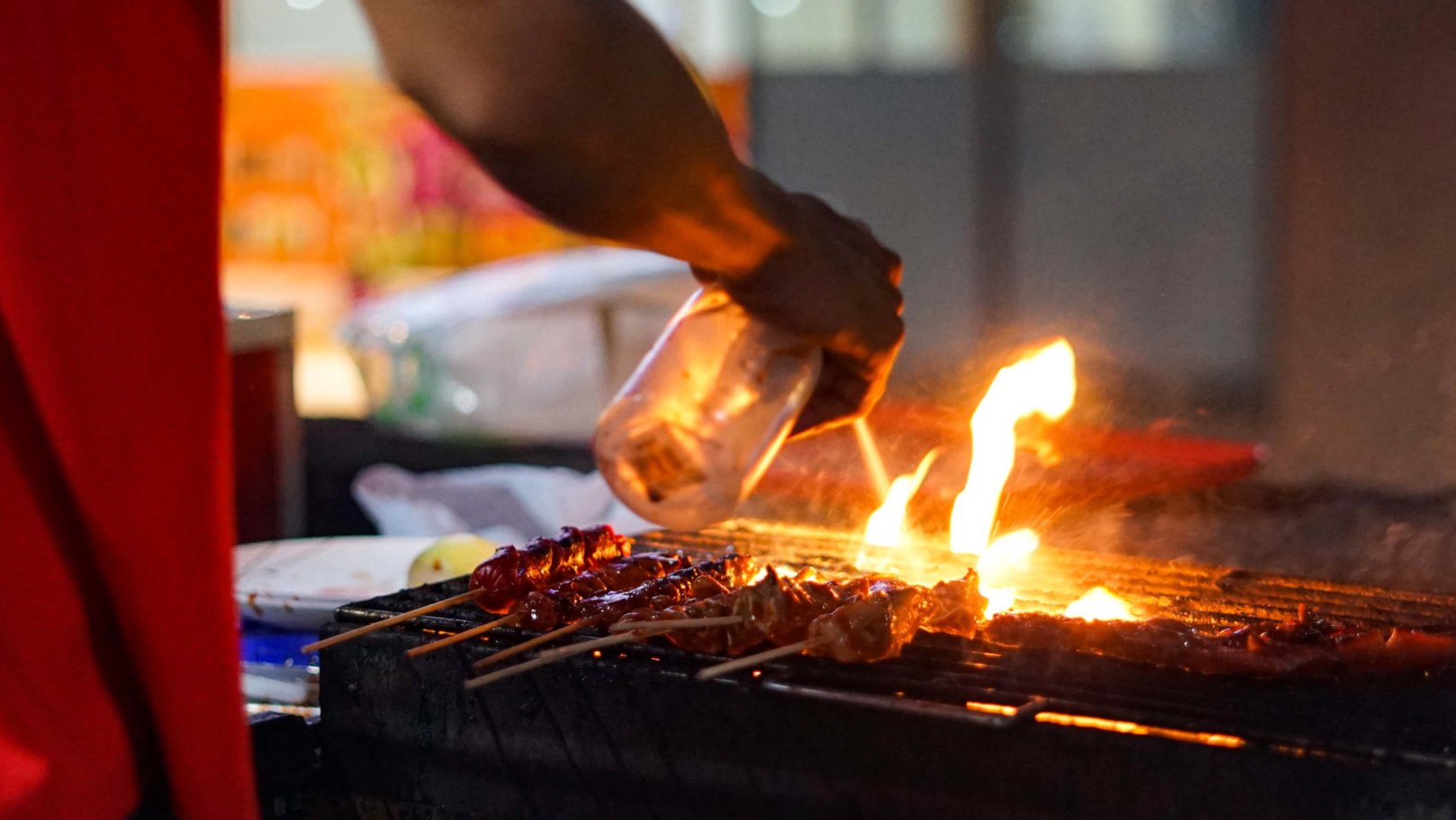
In the Chinatown neighbourhood, market stalls overflow
Visiting these chef’s restaurants involved a fast-paced drive around Manila, an ostensibly concrete grey city, which hides its charms at first. Over time though, the cobbled Spanish-era old town and the wide, tree-lined boulevards hugging the harbour and the South China Sea, reveal post-meal breathing space for a city that seems to be perpetually hungry.
In the Chinatown neighbourhood, market stalls overflow with everything from baby cucumbers to molten hot soups. Meanwhile, the La Loma district specialises in selling entire suckling pigs on spits – in their whole state – for less than £50.
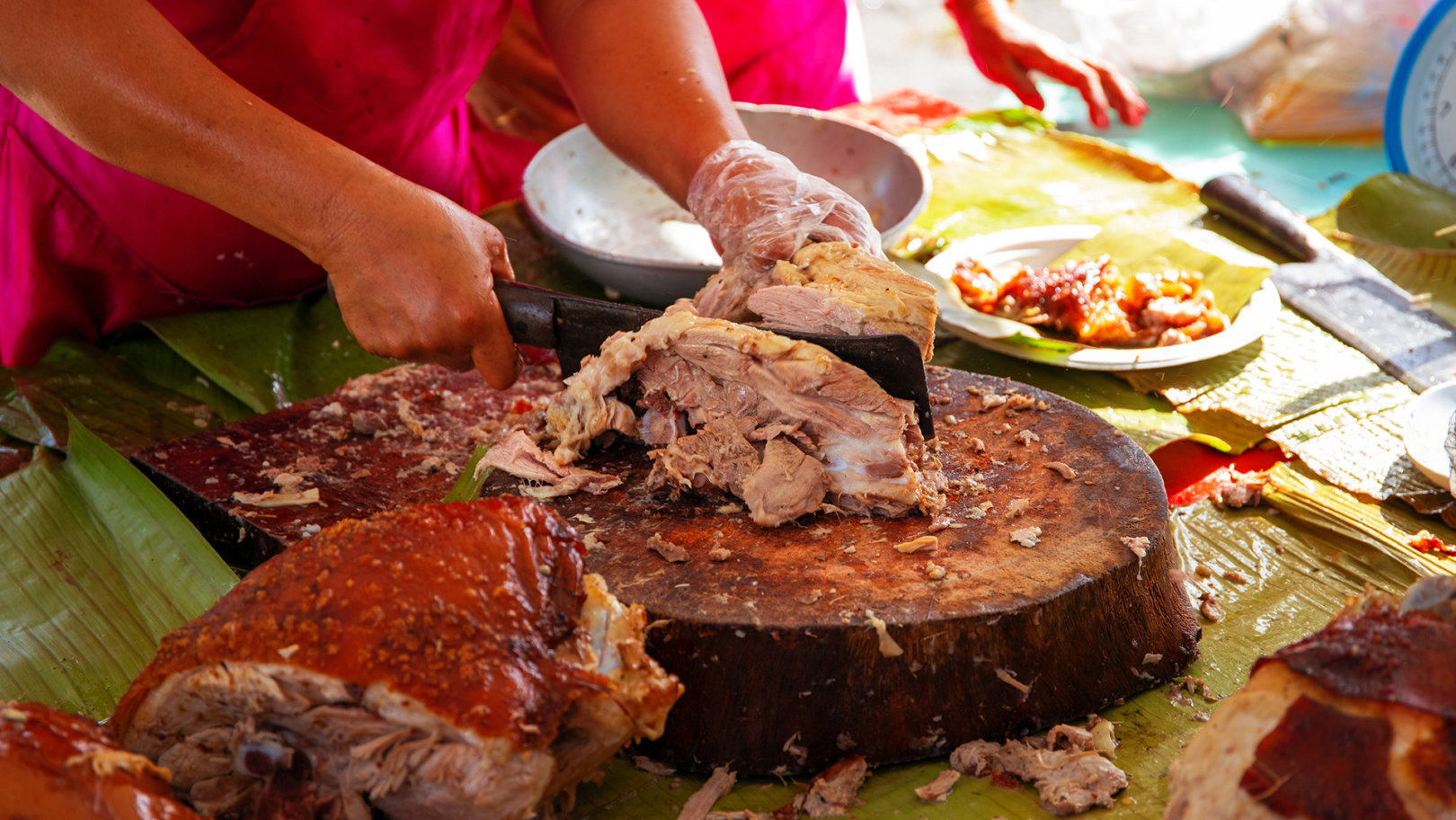
The sweet and sour flavours and adoration of meat
Perhaps the most revered of all contemporary Filipino chefs, however, is Jessie Sincioco, a diminutive, crop-haired woman, known to all as ‘Chef Jessie’ after winning a baking contest in 1983.
She has, with her group of restaurants in Manila, brought European-style elegance to the presentation of Filipino dishes. And, she’s managed it without compromising on the sweet and sour flavours and adoration of meat (particularly pork) that defines this distinctive cuisine.
Meeting before a lunch service amid the muted décor, high ceilings and informal decadence of her Rockwell Club restaurant, she laughs when I ask her about cooking dinner for Pope Francis: “He was scraping his spoon around the flambé mango with mantecado ice cream he liked it so much.”
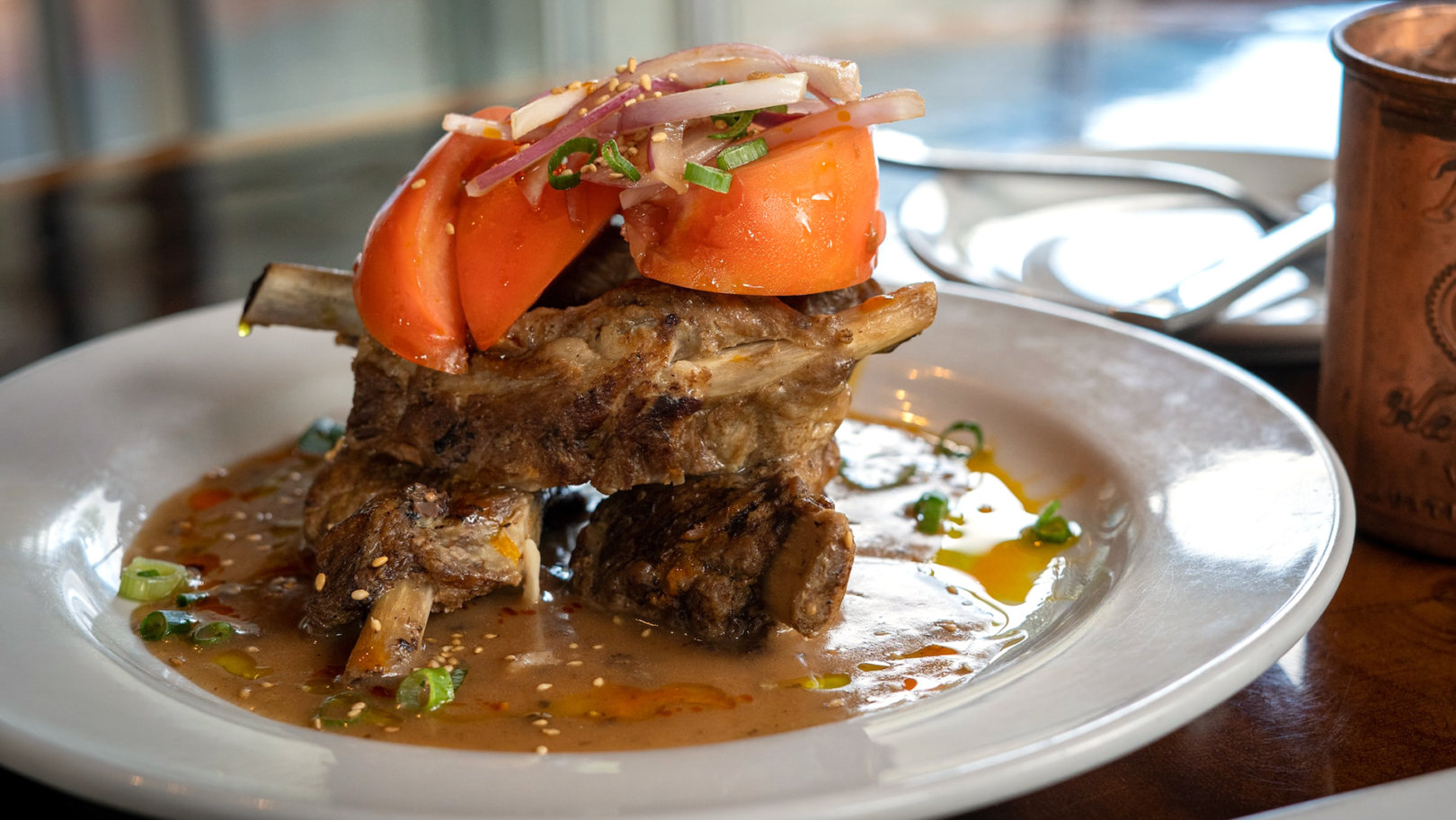
At its most basic, adobo comprises chicken or pork
Naturally, we move on to discussing the very essence of Filipino food. “The central dish to Filipino cuisine is adobo”, she tells me. “But it’s more of a technique than an actual dish as there are just so many variations.”
At its most basic, adobo comprises chicken or pork, which is either stewed, braised or fried, and then served with rice, vinegar, garlic and pepper. Chef Jessie, on the other hand, makes her adobo with duck. According to her, it is the myriad, wildly different ways of cooking, even the most famous Filipino dishes, which prevents the food from being more well-known overseas.
“Nobody can agree on what makes the perfect adobo,” she tells me. “But, if you really want to define Filipino food, the essence of it is the sourness. Filipino food is rarely spicy, like other Asian countries, although chefs are starting to use more local ingredients, which give dishes heat these days,” she says.
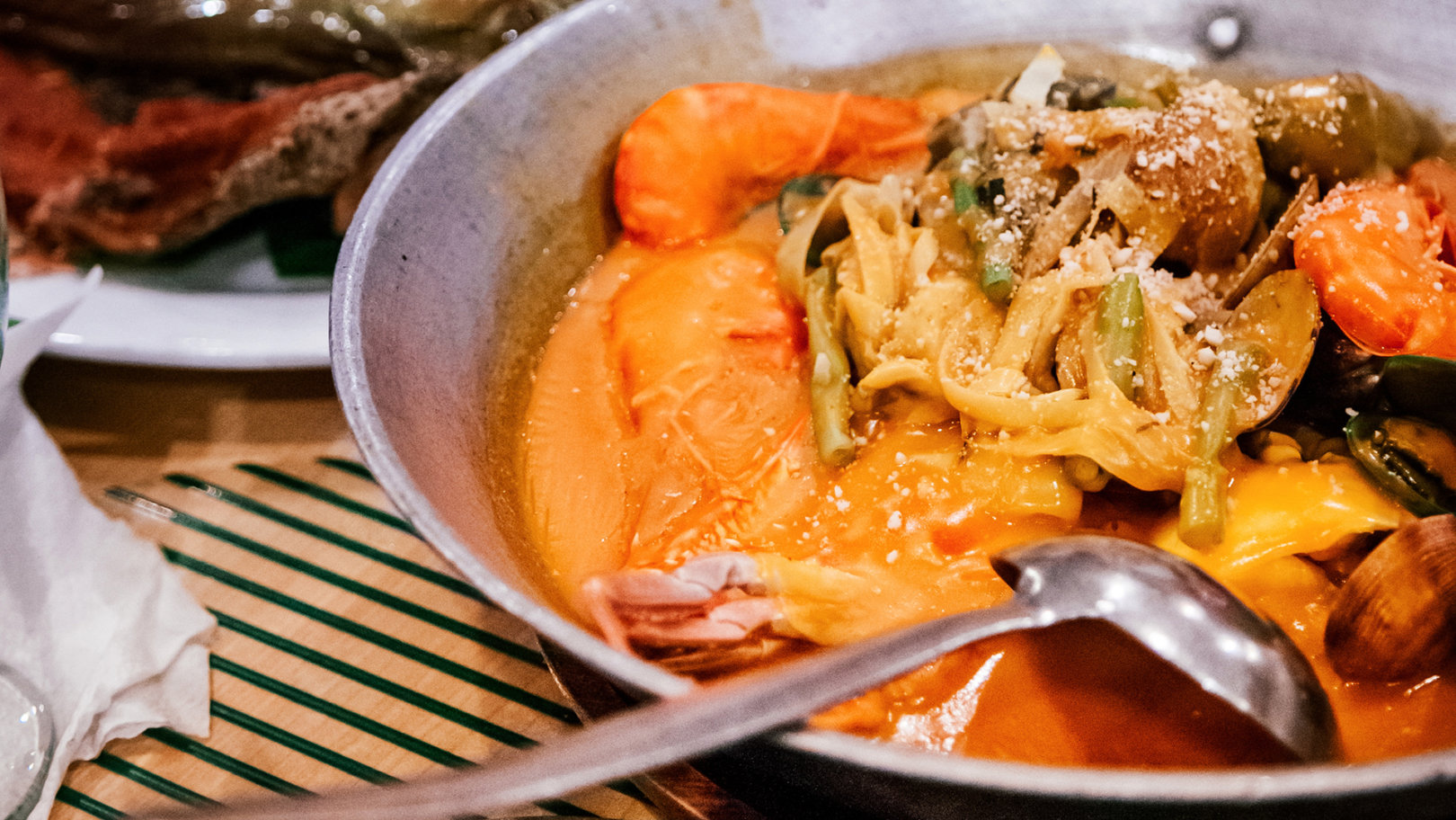
Filipino food has the ability to be enjoyed far beyond Manila
“This is also very flexible food. We have so many dipping sauces and relishes with our food, which we call sawsawan, which come from a huge wealth of different Filipino ingredients.”
Whether chefs are trying to preserve traditional recipes like Amy Besa or take the food to the world like Jessie, there’s no doubt that Filipino cuisine, while lacking in exposure, has the quality and ability to be enjoyed far beyond Manila. And some internationally renowned chefs have already begun to take note.
In the words of the late Anthony Bourdain, who visited the Philippines to satisfy his own curiosity about this beguiling cuisine: “It’s a little sour, a little sweet, a little salty and a little bitter. It seems simple yet so complex in taste. It’s like nothing I’ve ever tasted before.”
Hungry for more? Join Flash Pack’s 12-day group adventure in the Philippines for sunset cocktails on private islands and authentic meals shared with like-minded travellers.
Got a story or adventure that could inspire a solo traveller like you? Tag @flashpack on social or email [email protected] to be featured.
Images: Adobe Stock & Unsplash








